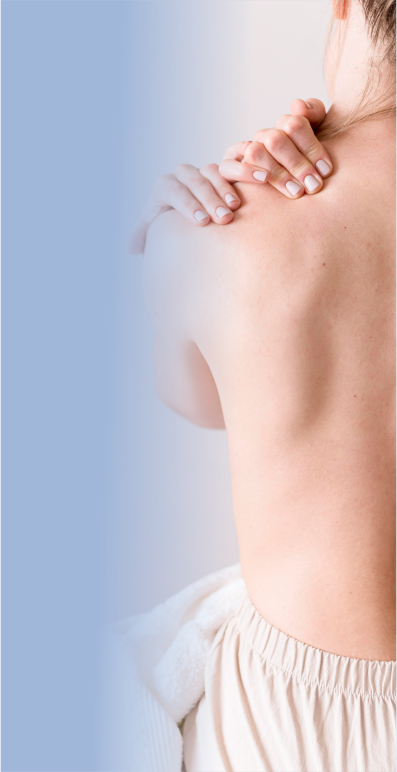Introduction: Understanding the Difference between Tretinoin Cream and Gel
Tretinoin, a vitamin A derivative, is a widely-used topical treatment for various skin concerns including acne, wrinkles, and hyperpigmentation. Available in two primary formulations – cream and gel – both contain the same active ingredient but differ in composition, texture, and application. Recognizing the distinctions between tretinoin cream and gel is essential for selecting the optimal formulation for individual skincare needs.
What is Tretinoin Cream? Examining Its Formulation and Advantages
Tretinoin cream is an emollient-based formulation that combines the active ingredient with moisturizing agents and preservatives. This oil-based preparation delivers hydration while improving skin texture, diminishing fine lines and wrinkles, and stimulating collagen production. Particularly beneficial for dry or sensitive skin types, tretinoin cream offers enhanced moisturization alongside its therapeutic effects.
Tretinoin Gel: Analyzing Its Composition and Benefits
Tretinoin gel features a water-based formula incorporating alcohol, polymers, and gelling agents alongside the active ingredient. With its lightweight consistency and rapid absorption, this formulation proves ideal for oily or acne-prone skin. The gel formulation effectively clears pores, minimizes acne outbreaks, and helps regulate oil production, making it a preferred choice for those seeking a non-greasy application.
Effectiveness Comparison: Evaluating Tretinoin Cream vs. Gel Performance
Clinical research indicates comparable efficacy between tretinoin cream and gel formulations. A Journal of the American Academy of Dermatology study examining tretinoin cream and gel in acne treatment found no significant difference in outcomes. However, individual responses may vary, necessitating dermatological consultation to identify the most appropriate formulation for specific skin concerns.
Skin Type Considerations: Determining Your Ideal Tretinoin Formulation
Selection between cream and gel formulations should be based on skin characteristics. Dry or sensitive skin typically benefits more from the moisturizing properties of tretinoin cream, while oily or acne-prone skin often responds better to the lightweight tretinoin gel. Professional evaluation by a dermatologist can help determine the optimal choice for individual skincare needs.
Absorption Characteristics: Comparing Skin Penetration of Cream and Gel
The oil-based composition of tretinoin cream facilitates slower absorption and deeper skin penetration, potentially offering more sustained effects for dry or mature skin. Conversely, the water-based tretinoin gel absorbs rapidly, targeting surface-level concerns more immediately – particularly beneficial for oily or acne-affected skin.
Potential Side Effects: Understanding Risks Associated with Each Formulation
Both tretinoin formulations may cause similar side effects including dryness, redness, peeling, and photosensitivity. However, the cream’s oil base may increase pore-clogging potential for oily skin types, while the gel’s alcohol content might exacerbate dryness in some individuals. Monitoring skin response is crucial for both formulations.
Application Guidelines: Optimizing Use of Tretinoin Cream and Gel
Proper application techniques enhance benefits while minimizing adverse effects. Begin with lower concentrations, gradually increasing frequency as skin adapts. Apply a thin layer to clean, dry skin, avoiding sensitive areas around eyes and mouth. Daily sunscreen use is essential due to increased photosensitivity.
User Testimonials: Personal Experiences with Tretinoin Formulations
Clinical reports and user experiences demonstrate both formulations’ effectiveness. Cream users frequently note improved skin texture and wrinkle reduction, while gel users report better acne control and oil regulation. Individual results vary significantly, underscoring the importance of professional guidance.
Professional Insight: Dermatologist Recommendations on Formulation Choice
Dermatologists emphasize personalized selection criteria. As noted by Dr. Jane Smith, a board-certified dermatologist: “Cream formulations suit dry or sensitive skin with their hydrating properties, while gels better accommodate oily or acne-prone skin due to their lightweight nature. Individual assessment remains paramount in formulation selection.”
Cost Considerations: Evaluating Price Differences Between Formulations
Price variations exist between formulations, with creams typically commanding slightly higher prices due to additional moisturizing components. However, pricing depends on brand, concentration, and quantity. Comparing options and consulting with a dermatologist can help identify cost-effective solutions without compromising quality.
Conclusion: Selecting the Optimal Tretinoin Formulation for Your Needs
Both tretinoin formulations effectively address various skin concerns. Tretinoin cream benefits dry or sensitive skin with added hydration, while the gel formulation suits oily or acne-prone skin with its lightweight texture. Professional consultation ensures appropriate selection and proper usage for optimal skincare results.







